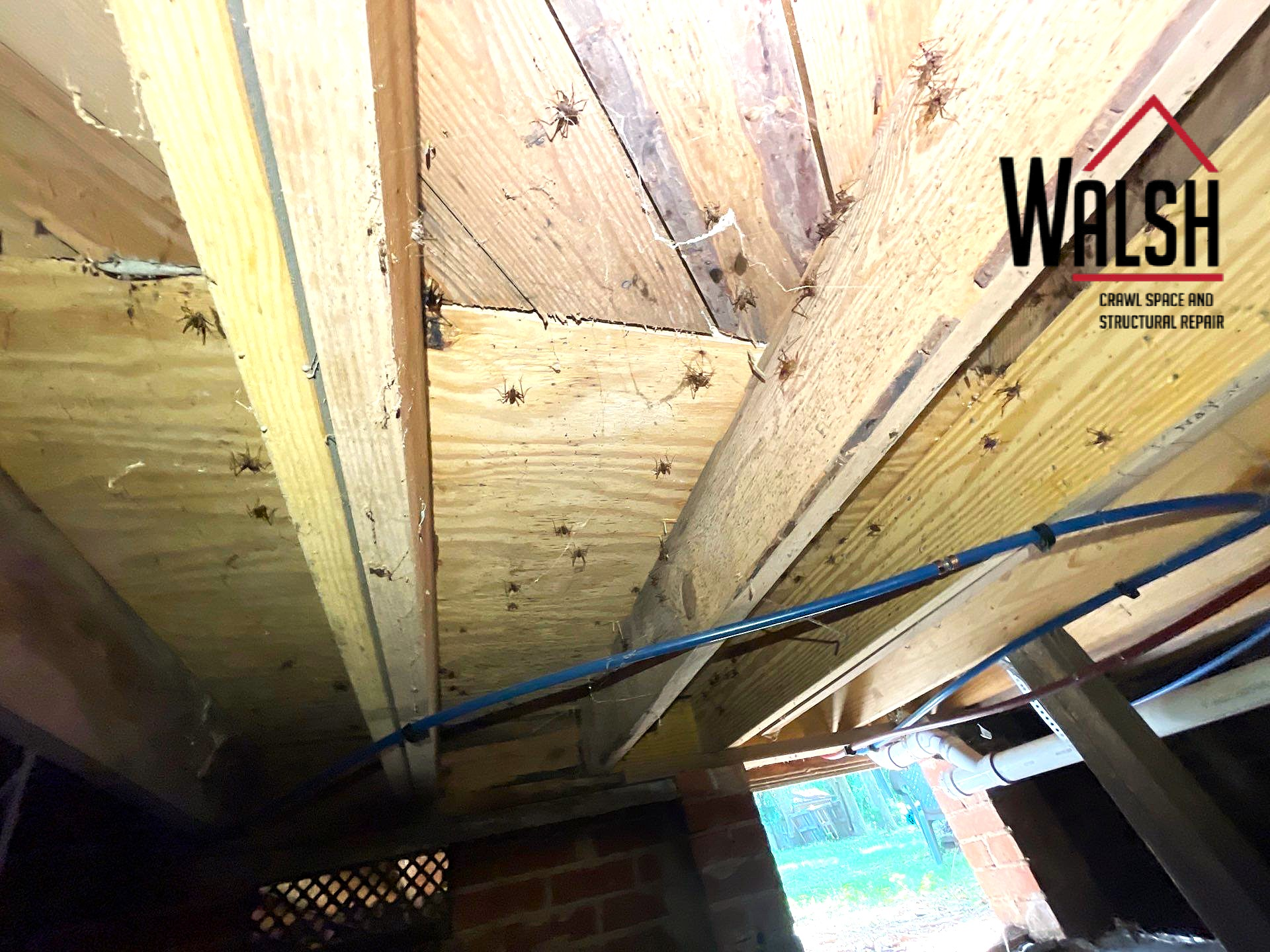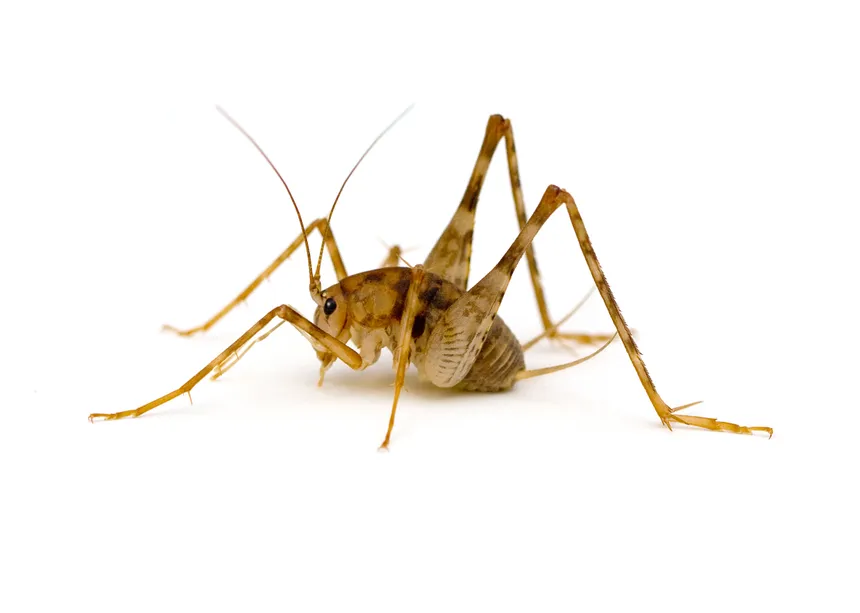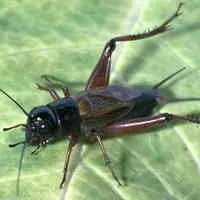By Walsh Crawl Space | Published on September 12, 2024
Crickets are common invaders in crawl spaces, but they pose more than just a noisy nuisance. In this article, we’ll explore the different species of crickets that often find their way into crawl spaces, explain why they are drawn to these areas, the damage they can cause, and the health risks associated with them. With the right knowledge, you can better protect your home and avoid potential problems caused by these pests.

An adult cricket lurking in the moist corners of a crawl space.
Crawl spaces offer an ideal environment for crickets. These areas are often dark, moist, and undisturbed – the perfect habitat for various pests. Crickets are attracted to crawl spaces due to the high humidity levels, which help them thrive. Additionally, the presence of organic debris, such as fallen leaves or insulation, offers both shelter and food sources. Structural gaps, vents, or damaged insulation in the crawl space can serve as entry points for these insects. Once inside, they can cause considerable damage and create noise disturbances. For more information on cricket behavior, see this article on cricket behavior.
While there are many species of crickets, three types are commonly found in crawl spaces:

Watch Out for Camel Crickets: Camel crickets can go unnoticed due to their quiet nature. However, their feeding habits can damage stored items in crawl spaces, particularly fabrics and wood.
Crickets, though small, can cause significant damage in crawl spaces. House crickets and field crickets are known for nibbling on fabrics, including carpets, insulation, and stored items. Camel crickets, on the other hand, feed on organic material such as fungi, wood, and insulation, leading to structural damage over time. For more on pest damage, refer to EPA's pest management resources.
In addition to structural damage, crickets pose potential health risks. Crickets can carry parasites, such as horsehair worms, and their droppings can attract mold or fungi growth, exacerbating indoor air quality issues. Inhaling mold spores can lead to respiratory issues, especially for individuals with asthma or allergies. Moreover, crickets are often prey for spiders, which can introduce more unwanted pests into the crawl space environment.

A field cricket nestled near insulation inside a crawl space.
To prevent crickets from entering your crawl space, it's essential to maintain a dry, well-ventilated space. Ensure that your crawl space is properly sealed, with all entry points covered. Regularly inspect and replace damaged insulation, and consider installing a vapor barrier to reduce moisture levels. Ventilation systems can also help manage humidity levels. Additionally, cleaning out organic debris, such as leaves or fallen insulation, can eliminate food sources that attract crickets. For more tips, visit Pest Control Products.
Crickets are attracted to crawl spaces because of the cool, moist, and dark environment. These conditions are ideal for crickets to live and breed.
Yes, camel crickets, in particular, can feed on organic materials like wood and insulation, leading to structural issues over time.